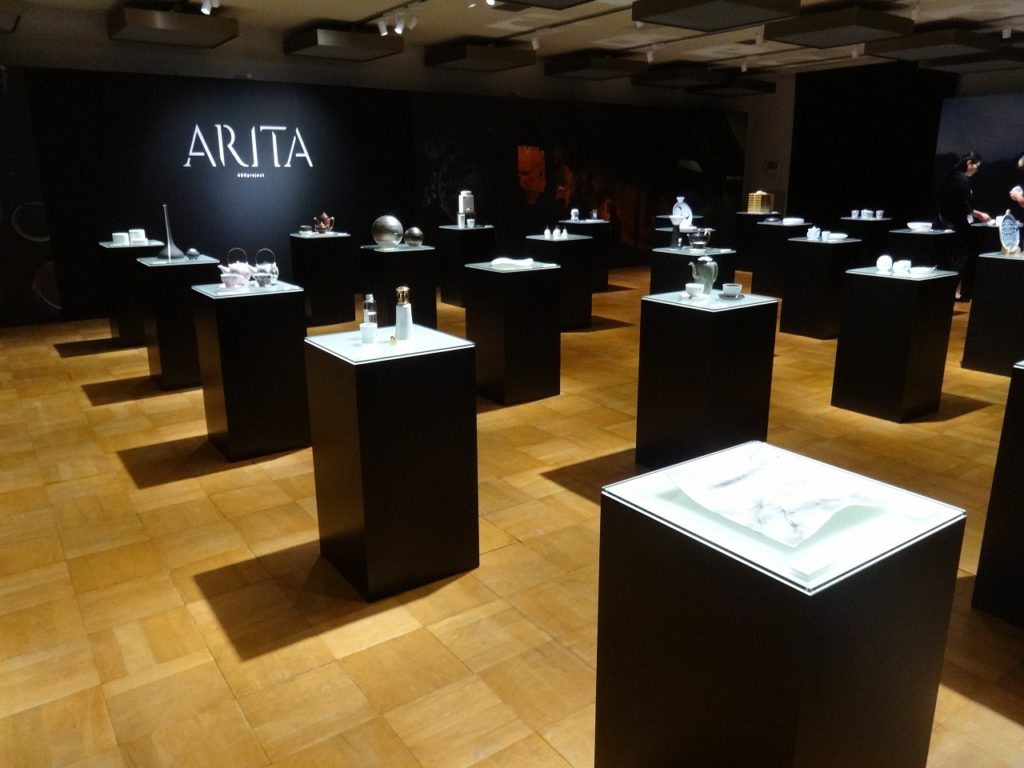HISTORY of Arita-yaki
Arita-yaki is the first porcelain in Japan
A little previous period when Arita-yaki was born
Warlike periods in 1573-1590, The Samurais were competing for power Samurais healed themself during the fierce battle by practicing the quiet art of the tea ceremony. Pottery was used in the tea ceremony because no one could make porcelain in Japan at that time. Only upper class people could afford brilliant porcelain imported from China and Korea. Luxurious porcelain has been exchanged for castles and territories of the same value.
Pottery Wars
In 1590, Hideyoshi Toyotomi seized power and administration throughout Japan. In 1592, Hideyoshi led the Japanese army and fought the Ming Dynasty (China) army. In 1598, after Hideyoshi’s death, Japanese army withdrew from the Korean Peninsula. On their return, the lords took Korean potters to their territory. That’s why it’s called the Pottery War. Naoshige Nabeshima, the lord of the Saga domain, had Korean potters study porcelain production shortly after returning to Japan.
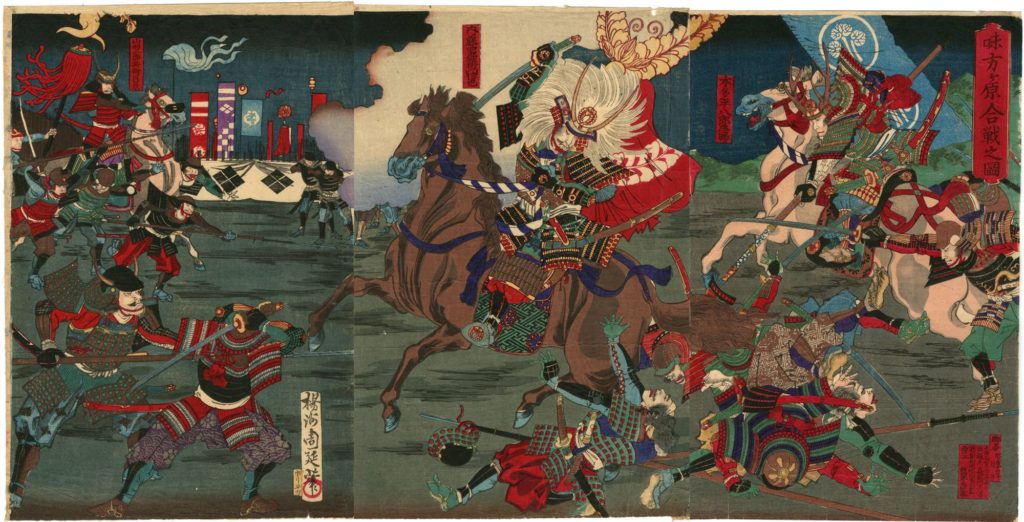
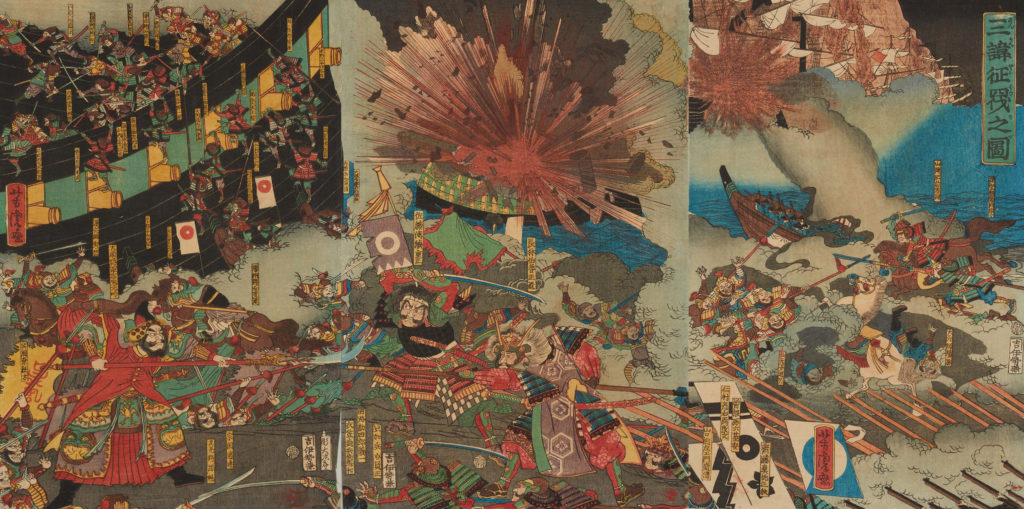
The first porcelain(Arita-yaki) in Japan was born
In 1616, Sanpei-ri (Kanei Sanpei) discovered high-quality porcelain stone in Arita and began producing stable porcelain. 18 years of development. That means porcelain production is very difficult. More than 400 years ago, potter Sanpei came to an unknown foreign country. He discovered the technology that manages raw materials and ensures stable production of porcelain. Eventually he became the leader of Arita’s 120 potters. Obviously, Sanpei was a man with considerable vision, courage, and leadership skills. Today, Sanpei is worshiped as the founder of the porcelain of Arita’s Sueyama Shrine.
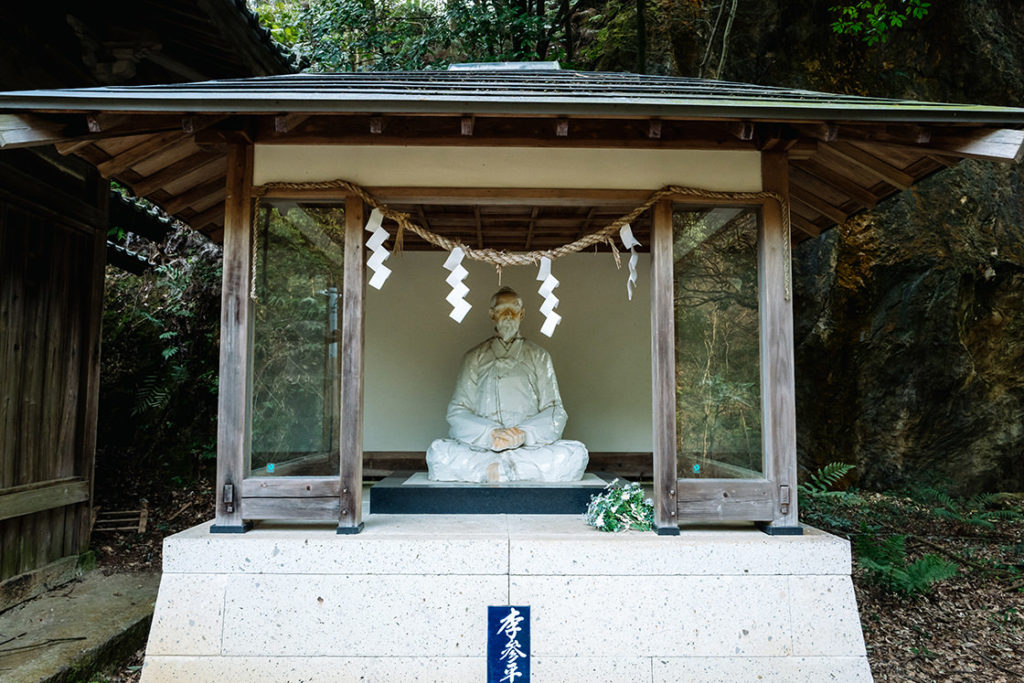
Environmental problem made Arita ware luxury
In 1637, porcelain production went smoothly, but the surge in production created new problems. To fire porcelain, it must be heated to a high temperature of 1,300 C for three days. Porcelain production requires a large amount of firewood. Increased production and firewood demand have caused deforestation. Deforestation has caused landslides and river floods. And it has destroyed agriculture at the foot of the mountain and villages in the plains. Environmental protection was more important to the public than the porcelain industry. To prevent overcutting, Saga lords expelled 826 low-skilled workers, leaving only highly skilled potters. The kilns were narrowed to only 13 locations in the central area of Arita, and the annual production volume was also limited, made environmental protection a top priority. The solution to environmental problems made Arita porcelain extravagant because only competent craftsmen remained and produced high-quality porcelain

The Fall of the Ming Dynasty and the Advancement of Arita-yaki
China’s porcelain production stagnated between 1641 and 1661 due to the civil war between the Ming and Qing dynasties. Many craftsmen fled from China to Arita to avoid civil war. It helped Arita to produce more artistic porcelain using Chinese technology
Start exporting to Europe
From 1644 to 1684, China stopped exporting porcelain to Europe due to the civil war. Arita has replaced China and has become the world’s largest exporter of porcelain. In 1659, the Dutch East India Company began exporting Arita-yaki for the first time in Europe. Arita-yaki is called IMARI in Europe because it was exported from Imari Port. Exports of Arita-yaki to Europe are increasing rapidly, as Arita-yaki was valued as good as gold.
Porcelain sickness
In the 1670s and 1700s, royals and nobles across Europe spent large sums of money collecting large collections of Arita-yaki. Their unruly desire for Arita-yaki was named “porcelain sickness”. The Polish king (Augustus II) focused on the development of Europe’s first porcelain, and in 1710 the first European porcelain, MEISSEN, was born. Later many porcelain kilns were born in England and France in Europe. Even today, patterns imitating Arita-yaki such as IMARI and KAKIEMON are used as standard patterns for their design.
Imperial Household Warrant
In 1706, the Sendai lord Date Tsunamas dedicated the Arita-yaki to the Emperor. The Emperor was very pleased with the beauty of Arita-yaki and designated Arita-yaki klin as a purveyor of the Imperial Palace. Many of Arita-yaki have been donated to the Imperial Family for over 300 years.

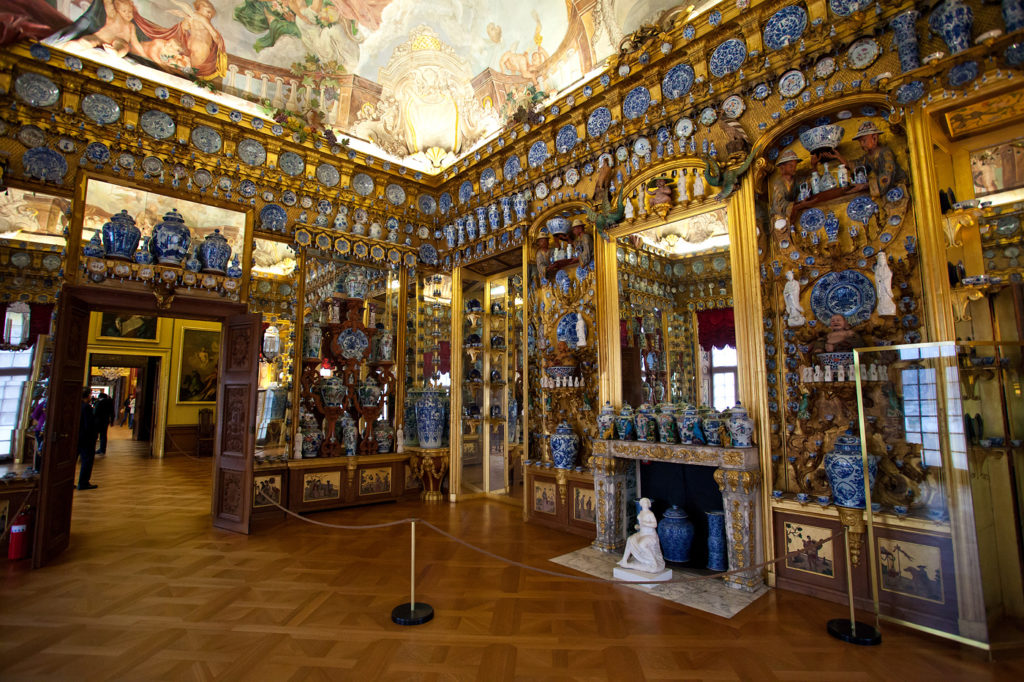
Peaceful era and Flowering of art
In Japan, a period of miraculous peace without war lasted 253 years, from 1600 to 1853. Many works of art were born during this era. In the 1700s, porcelain was luxurious only to the upper class, but by the 1800s, ordinary people used it on a daily basis and made dining tables luxurious. Utagawa Hiroshige, Utagawa Toyokuni, and other famous Ukiyo-e artists’ Ukiyo-e woodblock prints tell the story of a rich food culture. Today, Japanese food is very popular around the world and is actually registered as a UNESCO Intangible Cultural Heritage. Most of its cooking methods were established during this era. The delicate, thin and durable Arita-yaki with its beautiful appearance and outstanding functionality has greatly contributed to the development of Japanese food culture, which is popular around the world. In Japan, a period of miraculous peace without war lasted 253 years, from 1600 to 1853. Many works of art were born during this era. In the 1700s, porcelain was luxurious only to the upper class, but by the 1800s, ordinary people used it on a daily basis and made dining tables luxurious. Utagawa Hiroshige, Utagawa Toyokuni, and other famous Ukiyo-e artists’ Ukiyo-e woodblock prints tell the story of a rich food culture. Today, Japanese food is very popular around the world and is actually registered as a UNESCO Intangible Cultural Heritage. Most of its cooking methods were established during this era. The delicate, thin and durable Arita-yaki with its beautiful appearance and outstanding functionality has greatly contributed to the development of Japanese food culture, which is popular around the world.
Arita-yaki and Japonism
Until 1853, Japan restricted trade to the Netherlands, China and Korea only, but began free trade with countries around the world. US Navy Admiral Matthew C. Perry, who came to sign a trade agreement with Japan, wrote down his diary about Japanese porcelain. “The Japanese are an exceedingly industrious and ingenious people, and in certain manufactures are surpassed by no nation.” “Some say Japanese porcelain is great perfection.” “At any rate, Japanese porcelains we have seen are very delicate and beautiful.” Arita-yaki has been exported worldwide since the start of free trade. Hokusai and Hiroshige’s ukiyo-e woodblock prints were used as wrapping paper for the export of Arita-yaki to Europe. Therefore, Hokusai is said to have influenced Van Gogh, Renoir and Claude Monet in Europe. Louis Vuitton’s Damier and Monogram were also born during this period under the influence of Japonism.
Exhibit at World Expo
In 1867, Japan received an invitation from Napoleon III, and the Japan booth exhibited for the first time at the 2nd Paris Expo. Arita-yaki brilliantly decorated Japan’s appearance in the international community. At the Vienna International Exposition in 1873, Japan officially participated in the exposition as a government. Arita-yaki is exhibited as the best craft in Japan. In 1876, the Philadelphia World Expo was held in the United States. Arita-yaki received a certificate of merit thanks to the work of artisans, including a gold medal certificate. At the 3rd Paris Expo in 1878, 242pices of Arita-yaki received awards. French collectors purchased all products in the Japan booth in just a few days. Arita-yaki exports have increased 270% over the last decade due to the effects of Japonism.
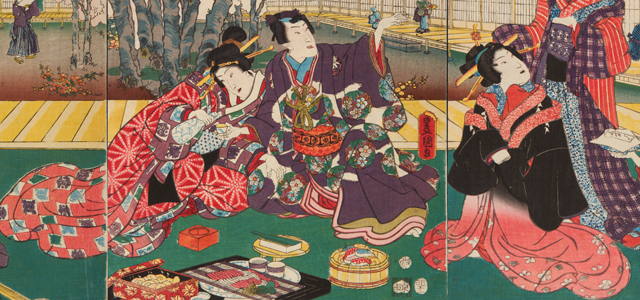
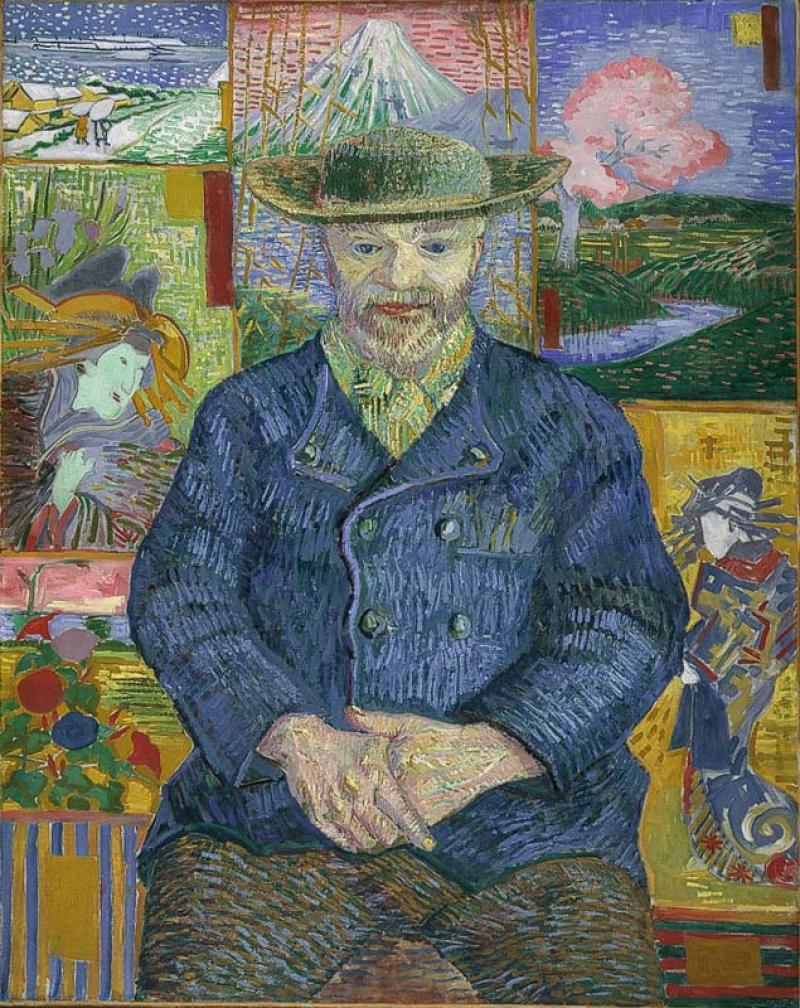
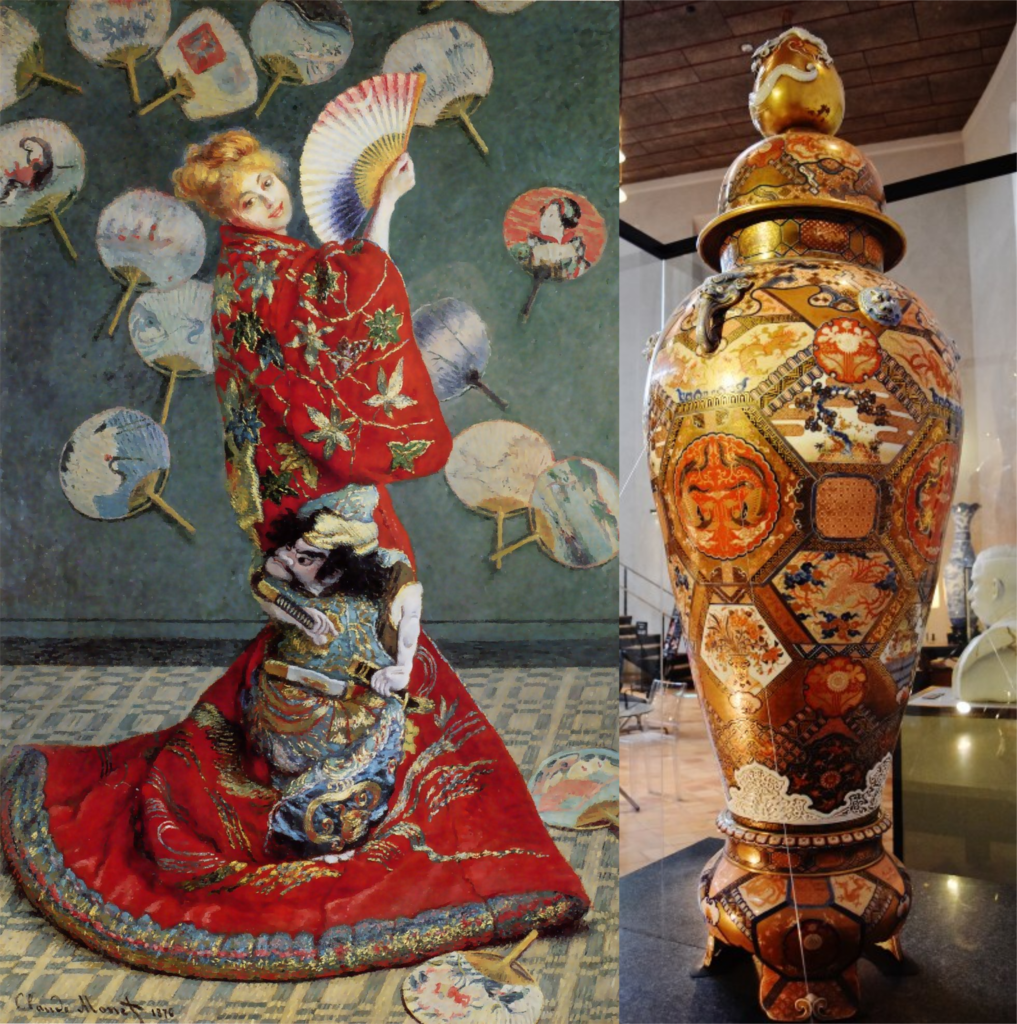
Arita-yaki and the industrial revolution
Today, Japanese ceramics account for 40% of the world market share and are the world leaders in advanced technology. Ceramics are used not only for tableware, but also for semiconductors and automobiles. Why has the Japanese ceramics industry evolved like today? In 1869, a young German genius Wagner, who received a doctorate at the age of 21, came to Japan. At that time, Germany and France were under the French-Japanese War. There are also many political changes in other European countries, and at the age of 36 he came back to Nagasaki and started a soap factory with an American businessman. In 1869, Wagner failed in the soap business and was hired by Wald Trading Company. Wagner’s job at Wald was to buy porcelain for export. Wagner was surprised at Arita-yaki ‘s advanced technology and proposed that Arita-yaki be applied to the ceramics industry. While the Industrial Revolution has replaced many traditional handicrafts with mass-produced products, Arita-yaki has made it possible to produce more advanced crafts with the capital gained from the production of insulators. Arita-yaki acquired knowledge through modern industry, pursued more stable productivity and freedom of creation, and an improved accumulation of various knowledge, experience and technology. The production system was established to improve the quality of each product, starting from the material, to the finished form as porcelain.
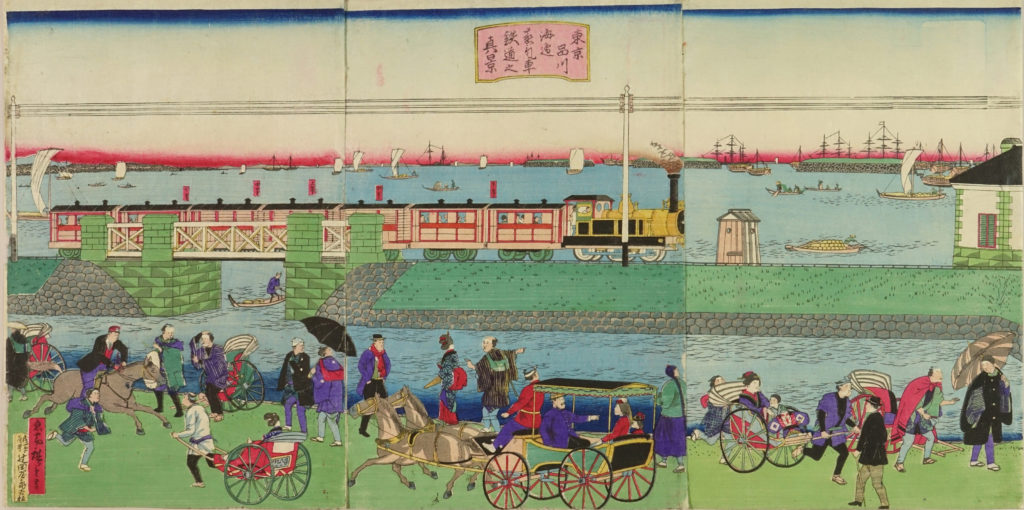
Arita-yaki Festival
In 1915, the 19th Annual Ceramic Competition that seriously competes in technology turned into the flourishing Arita-yaki Festival .Today, 1 million people join the festival every year. In 1917, the 300th anniversary of the birth of Arita-yaki was held. An obelisk in honor of Sanpei Ri was erected.
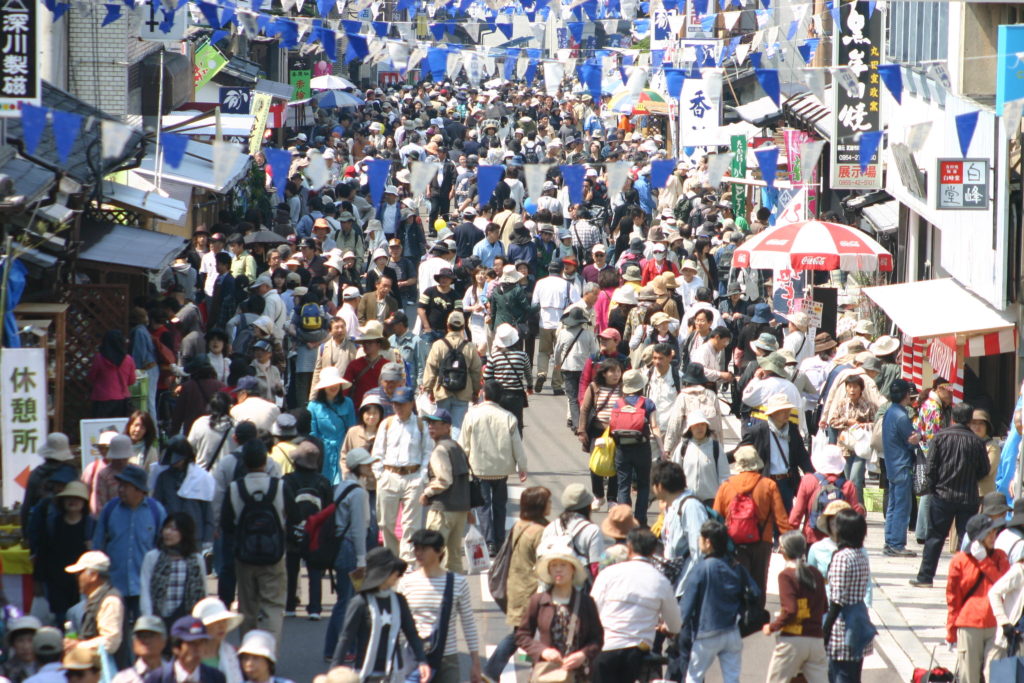
Modern Arita-yaki
In 1966, the Saga Prefectural Kyushu Ceramic Museum was established as the 350th anniversary of the most important project. Currently, there are 15 museums in Arita. Other important projects planned were the renovation and renewal of the Ceramics Laboratory and the establishment of the University of Ceramics. In 1996, the World Ceramics Expo was held in Arita. The visit of the Imperial family, celebrities and sports stars attracted a great deal of media attention, attracting around 2.55 million visitors. In 2016, the Arita-yaki 400th anniversary exhibition was held at the British Museum.
Quotation: ARITA EPISODE2 – 400 YEARS OF PORCELAIN. NEW BEGINNING. – http://arita-episode2.jp/ja/history/index.html
